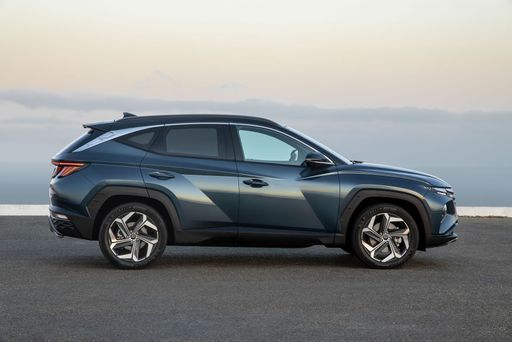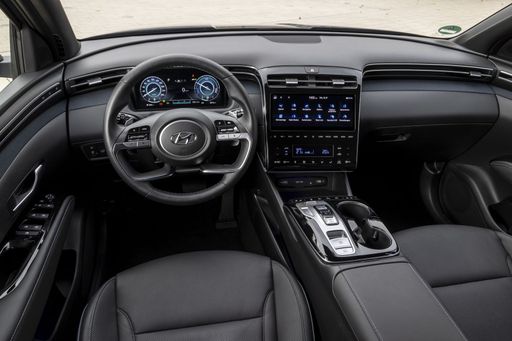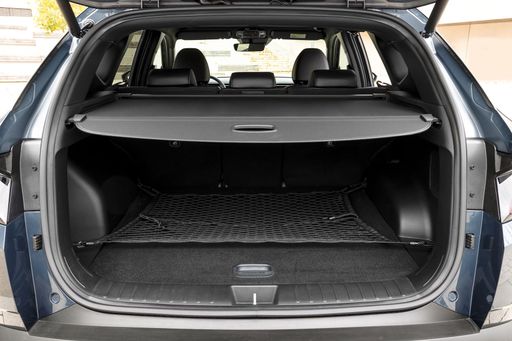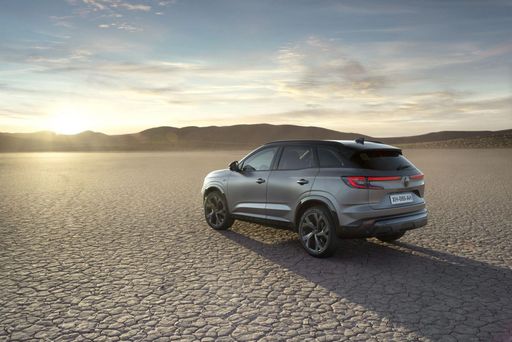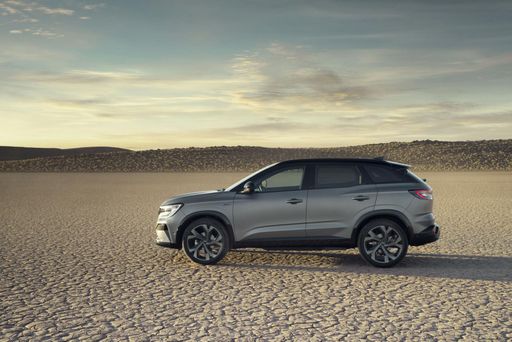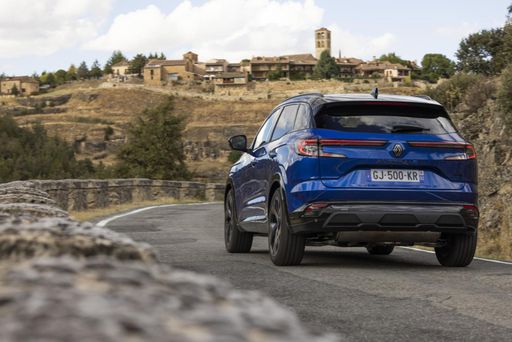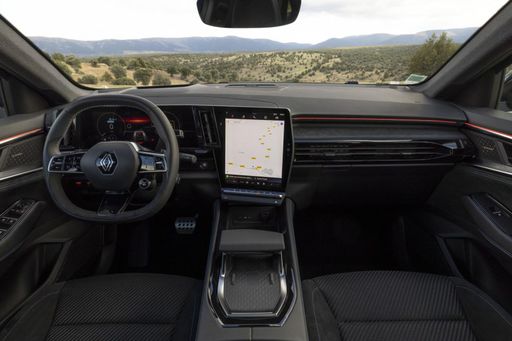Battle of the SUVs: Hyundai Tucson vs Renault Austral
In the ever-competitive SUV market, two standout contenders are grabbing the limelight: the Hyundai Tucson and the Renault Austral. As both make their marks in the 2024 lineup, these SUVs are much more than just family vehicles; they are technologically advanced machines ready to redefine the driving experience. Let's dive into a detailed comparison of these two impressive vehicles.



